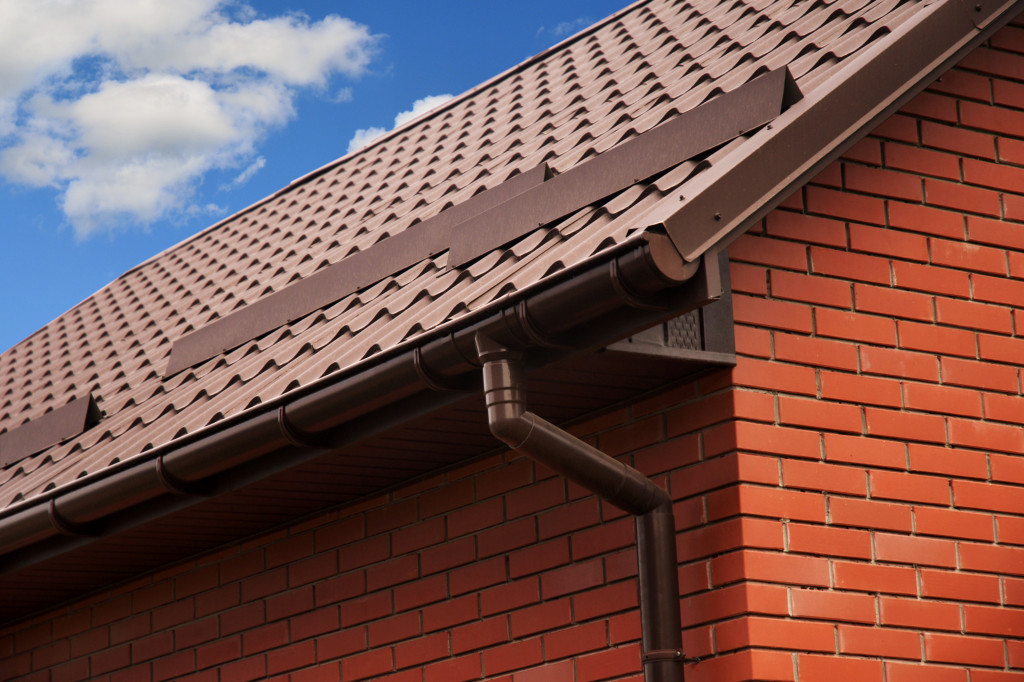For thousands of years, roofs have always been a mainstay for any known structure and have been used by almost any type of civilisation to keep the elements out. But what might seem like a “simple” structure can take a bit of time and effort to build.
In an age of technological innovation, roofing materials can be produced from almost any known durable building and raw material, with each material having its unique properties. Not all roofs are designed and created the same way, with most roofs being explicitly made for certain weather conditions and natural phenomena. For instance, homes situated in areas that face multiple storms in a year will need a roof that can withstand winds of up to 135 miles an hour.
Roofing and Underlayments
When it comes to the roofing process, it can be a meticulous and detailed process. Compared to other types of home renovations, you’ll need a good amount of time, money, and resources to ensure that it can be done in no time. But other than planning and having the right resources for the job, you’ll also need to consider the type of material used. Some types of roofs will need to use underlayments before the actual roofing material can be placed.
But even though time is of the essence, the process of installing or replacing a roof can usually take weeks, depending on the size of your home’s roof and the skill of the contractor working on it. But even when the process of installing a roof might be a commitment that you’ll need to think through, it’s still a necessity nonetheless. After all, the roof is the main thing (besides walls) that’s separating your home from the outside world.
What Is It Used For?
 Right before we go anywhere else, we have to know the specific purpose of underlayments and why they’re integral to the roofing system. Underlayments are placed right between the roofing material (which usually comes in the form of shingles and tiles) and your roof’s “skeleton,” which is usually in the form of plywood.
Right before we go anywhere else, we have to know the specific purpose of underlayments and why they’re integral to the roofing system. Underlayments are placed right between the roofing material (which usually comes in the form of shingles and tiles) and your roof’s “skeleton,” which is usually in the form of plywood.
The main purpose of underlayments is to keep humidity and moisture off your plywood, which can be susceptible to the growth of moulds. Flowing water can also easily damage metal and wooden support beams, which can cause rotting and rusting. Thus, an underlayment is necessary before placing any roofing material. Certain types of roofing don’t necessarily need underlayment, such as pre-fabricated metal roofing that can encompass the entire roofing system, which means that no water will be able to seep through. Still, having an underlayment is a great way of stopping any damage caused by leaks.
Consider These Factors
But before you get yourself some underlayments, you’ll need to consider some essential factors that affect your roof’s structure and the general integrity of your home. What should you weigh-in on? Here’s what you’ll need to know.
- The material of choice – Certain types of materials, such as metal roofing panels and standing seam roofing, which are already designed to dispose of rain and snow effectively, won’t need underlayments. But even though it’s required or not, having an underlayment is still a smart choice, especially in areas with cold weather, as it can also keep external temperatures from penetrating your roof’s protective layer.
- The type of structure – Other than your home’s main structure, you’ll need to keep into account the roofs of other structures on your property. Structures like patios, gazebos, and garages will need roofs designed to withstand the test of time and the elements. Most of the time, insulated roof panels are designed for almost any type of weather condition. Not only will this add an extra amount of durability and protection to your roof, but this can also help you save time and resources that might be spent installing underlayment.
- Lifespan – Just like your roof, your underlayment will also have a lifespan of around 15 to 20 years, depending on the quality of the material that you’re using. A part of installing underlayment is knowing the lifespan of the shingles and tiles you’ll be using. The average lifespan of asphalt shingles is around 15 to 20 years, especially for cost-effective ones. In comparison, the more expensive and high-quality materials will usually have 30 to 35 years. If you’re installing a new set of underlayment on your roof, you’ll also need to consider the lifespan of your roof. After all, nobody wants to spend even more knowing that they have to replace their roofing materials right after installing the underlayment.
In almost any structure, underlayments are a great way of preserving your home’s quality and condition. You don’t necessarily have to buy the best in the market as it’s going to be covered up by your roofing material. Still, you should take into account the lifespan and efficiency of your underlayment against certain natural elements.

